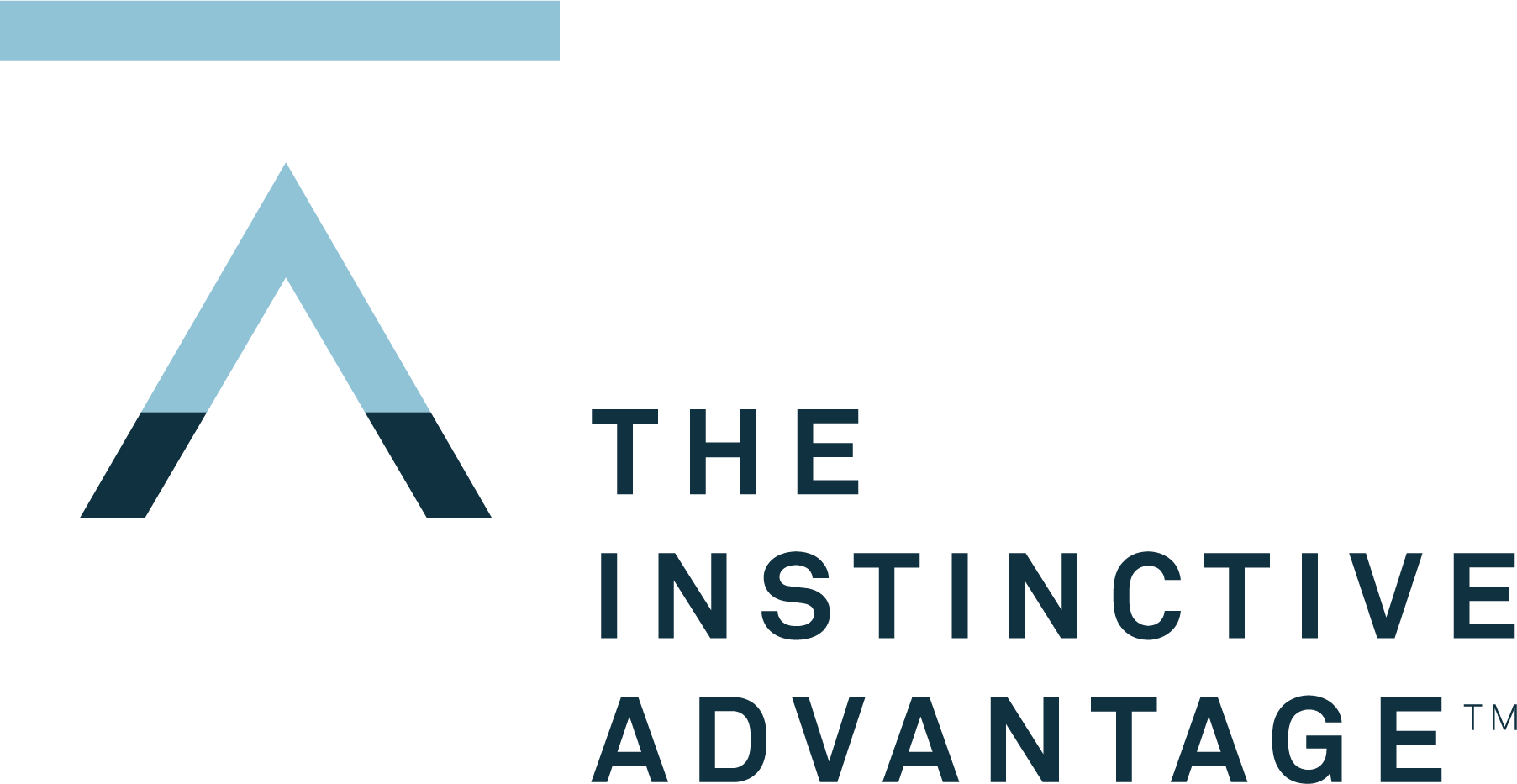A Few Common Workplace “Sayings” That Don’t Always Align With the Instincts of Your Team (You’re Guaranteed to Have Heard or Used These in Your Career)
We’ve all heard them.
Common sayings in the workforce.
And these sayings sometimes inspire and encourage us.
Other times they may make us roll our eyes.
But either way, these common workplace “sayings” don’t always align with the instincts of ourselves or our teams.
“Can you be more of a team player?”
Pretty much every organization is looking for “team players,” but unfortunately, that might not always be easy to find. Let me get more specific. The reality is that only 10% of employees don’t take initiative in any specific instinctual way (meaning, they can follow the requests or instincts of others, they don’t have to follow their own). This means that the remaining 90% of employees do take action in ways that fit their own instincts, which doesn’t always align with the rest of their team. We refer to this in the Kolbe Wisdom™ world as the Mediator.
The lesson: The majority of your employees will have different initiating modes, which will be instinctive to their person. Although they may value teamwork and want to work with others, it may not always be simple to be a team player.
“Let’s put some ballpark numbers together.”
There is tremendous innovation that happens within the workplace, and in many cases this innovation starts with half-formed ideas or visions. Because of this, maybe you’ve heard the term “ballpark” when it comes to compiling different data points? The trouble with this phrase is that we each need different amounts of information to get started with new projects. In the Kolbe Wisdom™ world we call this Fact Finder™.
The lesson: If your employees Initiate on the Fact Finder™, they will require more information to get started and simple ballpark numbers won’t be enough. So, consider how much information each of your team members needs to get started before asking them to provide an estimate.
“We’re going back to the drawing board.”
Starting projects is important, and in many cases so is stopping them. If you’ve ever had to change plans within a given project, you may have heard the phrase “back to the drawing board.” While it simply means we’re going to take another look at setting this project up, taking on additional risk will not sit well with every employee. This is because we all handle risk and uncertainty differently. In the Kolbe Wisdom™ world we call this Quick Start™.
The lesson: For some, it’s natural (instinctive) to jump right in and thrive in the unknown and for others it takes more energy to jump into another unknown. So, as you find yourself going “back to the drawing board,” be sure to make sure your team is communicated effectively to about the transition and why it’s important; also be sure to give them adequate time and space to process the new direction.
“Our team is a remote team.”
It’s no secret that over the last year many organizations have been forced to adopt a completely remote style of operating. And while some employees thrive in these situations, I have encountered multiple conversations with those higher on the Implementor™ that are having a hard time right now. The definition of this Action Mode™ focuses on how you handle space and tangibles.
You see, when teams are remote, many of the tangibles of our employee’s experience with their work change. For example, not every person has a dedicated home office, or a high quality printer, or a headset for work calls; so how they tangibly interact with their role may look different than when they were in the office.
The lesson: As you determine what remote work looks like for your organization, be sure to create a comfortable workspace as much as possible. Can you borrow some of the high quality equipment from your office? Splurge on a standing desk? It has to be comfortable in all senses of the word.
The goal of this blog isn’t to highlight common sayings that you shouldn’t be using in the workforce (many of these sayings definitely have a time and place to be used).
Instead, the goal is to help you become more aware of the natural instincts of your team members, and how these sayings don’t always represent the same thing to everyone.
In my experience, when organizations become more aware of their team’s natural instincts, the leaders understand their team dynamics better, the employees are encouraged to be fully themselves, and the organizations have the right people in the right seats.
If you’d like to take a look at your team’s instinctual advantage, I’d love to set up a time to chat.
-E
